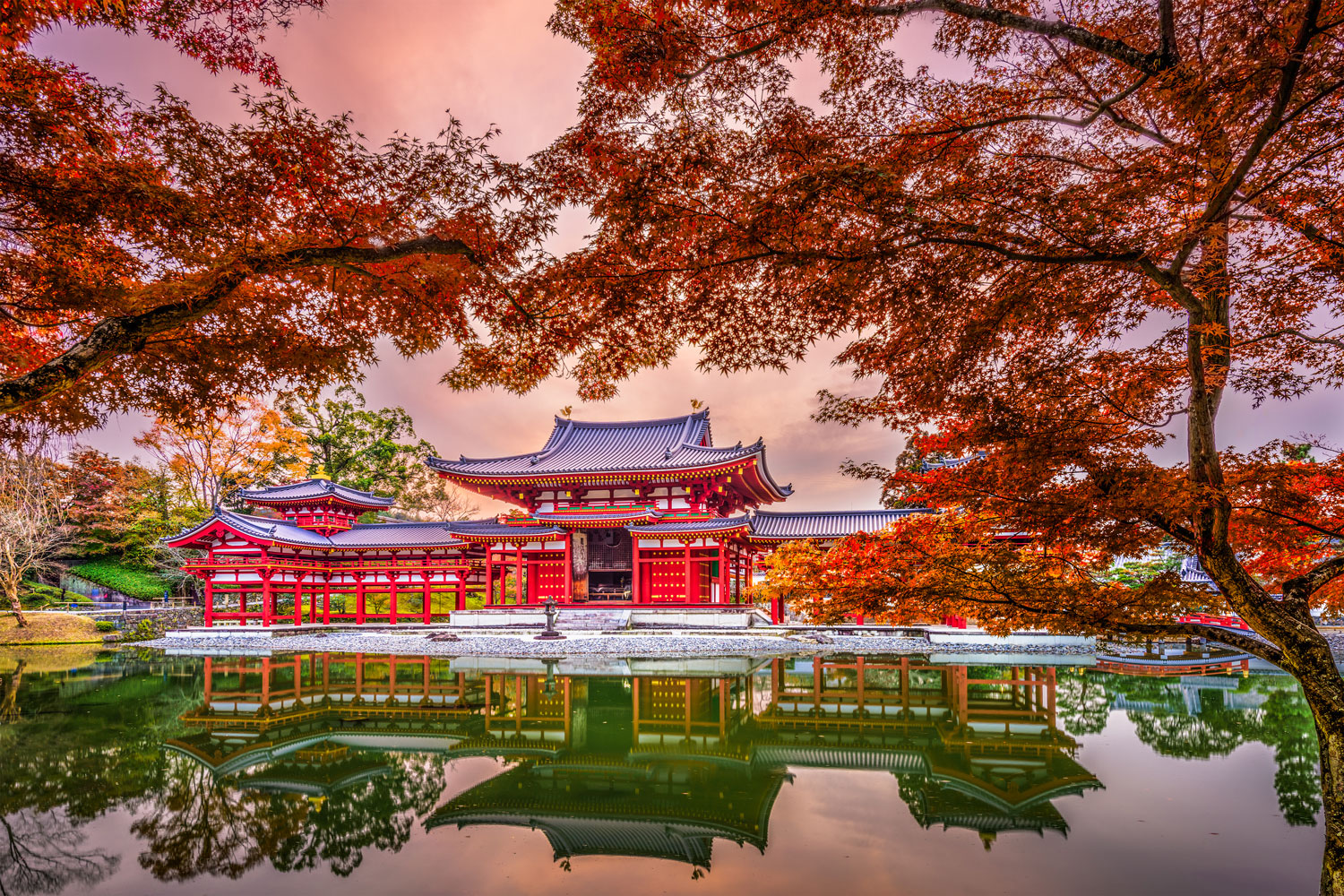Kyoto was established during the Heian Period (794-1185) as the capital of Japan’s Imperial Court. The adoption of Buddhism from China soon inspired the construction of beautiful wooden palaces and temples. And that concentration of political and spiritual wealth and power eventually inspired samurai warriors to overthrow the status quo. But the samurais were also captured by the Heian culture, as they discovered they needed to attain perfection in the arts before being accepted as legitimate rulers, creating a unique military-artistic-complex. Kyoto is the heart of where Japanese culture emerged from the dominating shadow of Chinese influence and began developing distinct styles of art, poetry, literature and architecture. In 1868 Emperor Meiji moved the Imperial Capital to Edo (Tokyo), transforming Kyoto into a cherished monument to history and tradition. In collaboration with San Francisco’s Asian Art Museum.
FRIDAY, FEBRUARY 26, 2021 | 7:30 – 9:30 pm
Welcome and Introduction / Jay Xu (Director, Asian Art Museum) and George Hammond (Humanities West)
Kyoto, from Capital to Metropole / Joan Piggott (Department of History and The Project for Premodern Japan Studies, USC)
There are compelling reasons for studying the history of a city like Kyoto, including its origins, relations with government, organization and functions, and cultural characteristics through time. Much of the world’s population now lives in cities or is deeply involved in urban-centered networks. Urbanism has become a historical theme of considerable interest for regional and world historians. Professor Piggott is particularly concerned with making the history of Japan’s royal capital at Kyoto, now a favorite venue for world tourism and recently listed as ninth among the world’s most livable cities, more accessible, especially to those who do not read Japanese. In this lecture she will trace key trajectories in Kyoto’s history from its establishment in 794 as the capital of the Heavenly Sovereign (tennô) through the 12th century, when retired monarchs came to lead the court and build their palace-temples beyond the city’s perimeters. The story, set in the broad context of East Asian and world urban histories, relies on written and archaeological records, including evidence from some particularly intriguing literary texts.
Performance: Traditional Music of Japan. The Japanese Music Institute of America performs music of classical Japan, featuring Shakuhachi Flute Master Masayuki Koga. “There is a secret to excel in playing the shakuhachi. Blow … from your heart.…. If we have an open mind, our sound will be mellow. If we have right attitudes toward life, our music will be acceptable to everyone. Take care of your sound as you would care for yourself.” – Masayuki Koga
SATURDAY, FEBRUARY 27, 2021 | 10 am – 12:00 noon & 1:30 – 4 pm
Introduction / George Hammond (Humanities West), Moderator
The Tale of Genji and the Women of Courtly Salon Life in 11th-Century Japan / John R. Wallace (Japanese, UC Berkeley)
In imperial Japan of a thousand years ago, there lived a class of glamorous women who served high-ranking imperial consorts through their literary and cultural acuity. Among their duties was the elevation of their lady-patron through writings now admired as a stunning collection of works. Among these is a preeminent masterpiece—the massive Tale of Genji. It describes the anxieties and romantic difficulties of these ladies-in-waiting. This talk will draw on The Tale of Genji and other striking literature of the time to explore how these women saw their place in the world as well as their judgment of others.
Two Temples: Splendor and Longing in Medieval Kyoto / Ethan Segal (Associate Professor, History, Michigan State University)
Kinkakuji and Chorakuji might seem to be polar opposites. One is located in northwestern Kyoto, covered in gold leaf and among the city’s most popular tourist destinations. The other, in eastern Kyoto, is modest in its decor and off the beaten path. Yet each was the site of major historical events from Japan’s medieval period that are well remembered even today. Professor Segal will guide us through these two temples and highlight key aspects of Japan’s medieval age, when samurai mixed with aristocrats, Japan engaged in international trade with China, and shoguns helped promote new and enduring artistic forms.
A Tale of Two Cities: Kyoto and Edo in Print / Quintana Heathman (Curatorial Assistant, Shrem and Manetti Museum, UC Davis)
Under the rule of the Tokugawa shogunate (1603–1868), the city of Edo (now known as Tokyo) rose to prominence—a rival, in many ways, to the imperial capital of Kyoto. As these two cities grew into major metropolises, each developed a distinct personality. Kyoto’s illustrious history and courtly charm was easily contrasted with the brash spirit of upstart Edo, which had until recently been a fishing village. Looking through the lens of popular woodblock prints and printed books of this period, we will explore how civic identity played out in the vibrant images of these famed places.
The Challenges of Modernity in the Old Imperial Capital / Robert Mintz (Deputy Director, Asian Art Museum)
With the fall of the last Shogun, Japan returned in 1868 to imperial rule under Emperor Meiji. The Emperor’s palace was moved from Kyoto to the Shogun’s capital of Tokyo, leaving the former imperial seat without its most important resident. From outside Kyoto came a nation-wide embrace of technology, industry, and imperialism. This changed Kyoto as it became the city representative of a beloved but ever more distant past. The city became a monument to history and tradition and served a vital role in the war that would destroy Japan’s empire and trigger its rise as a global economic power.
Panel Discussion with Presenters, Moderated by George Hammond
